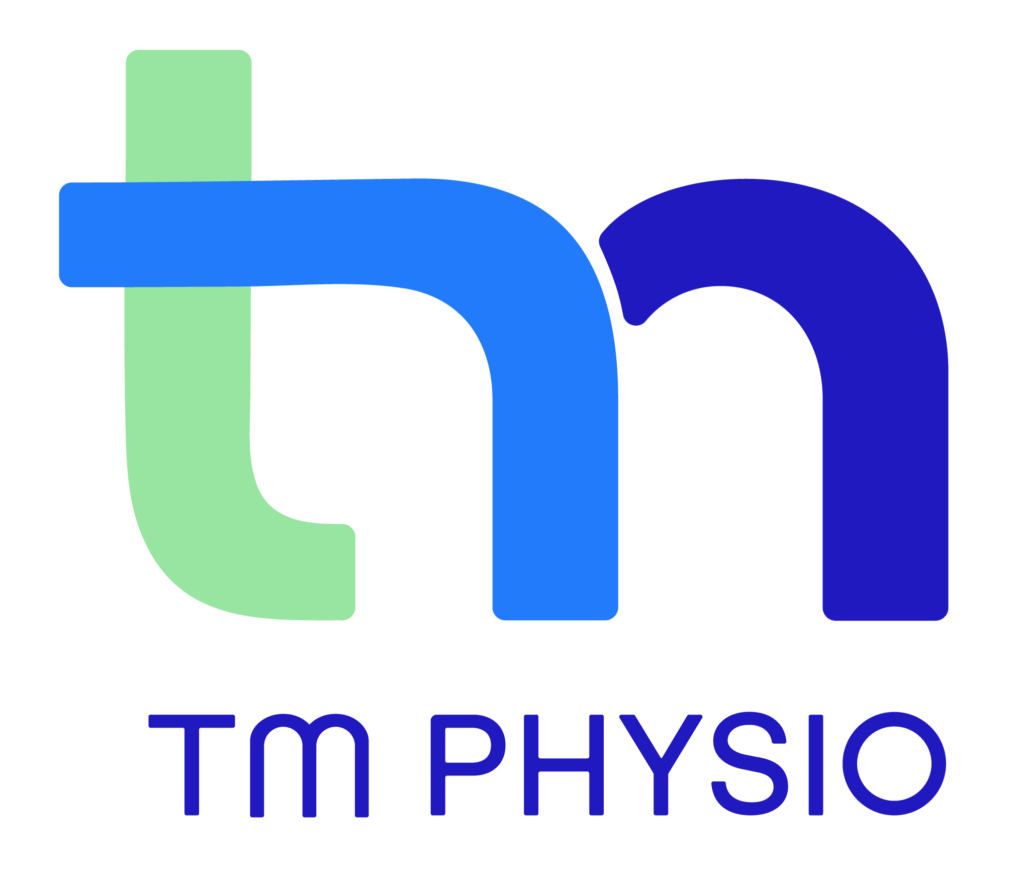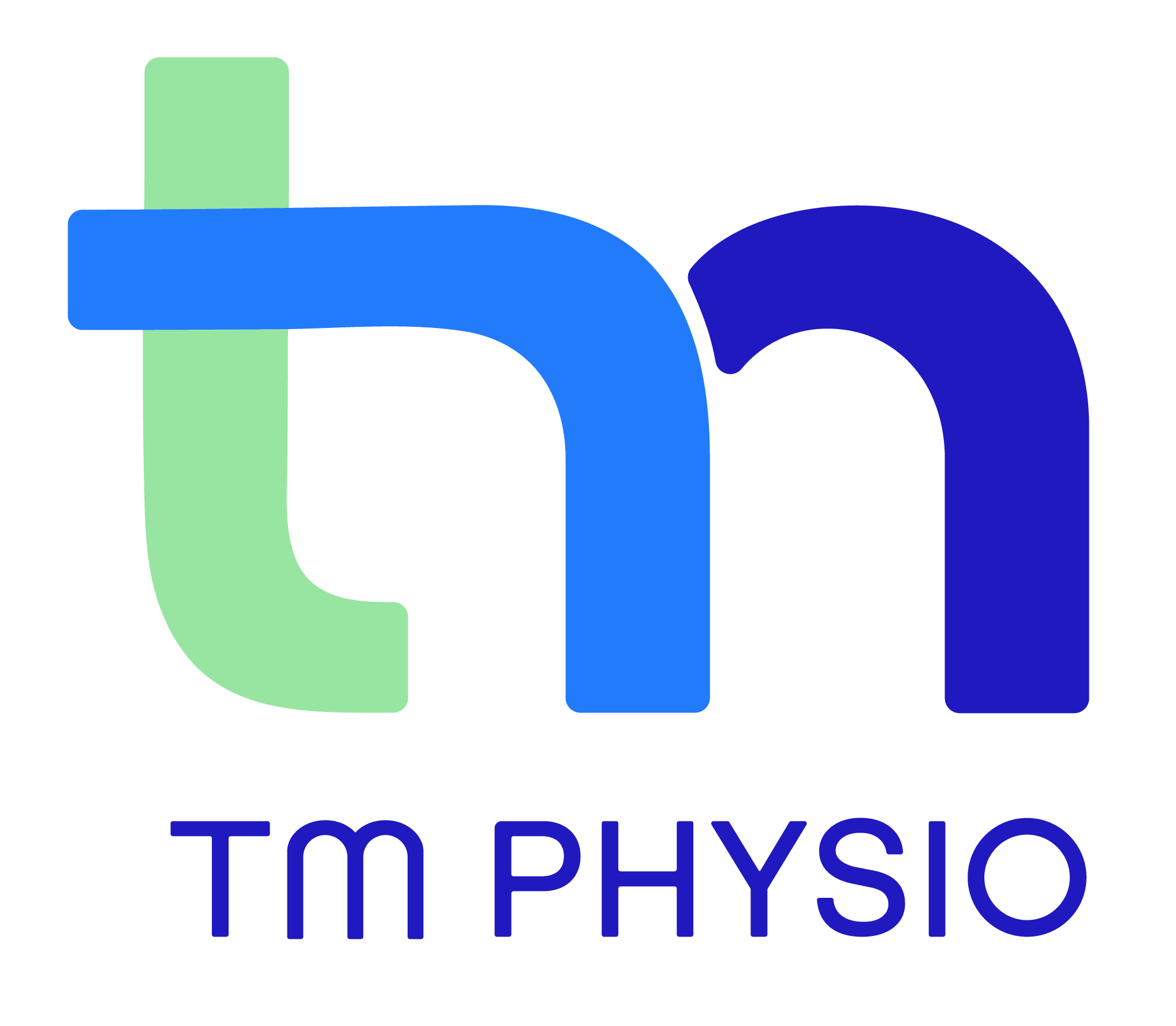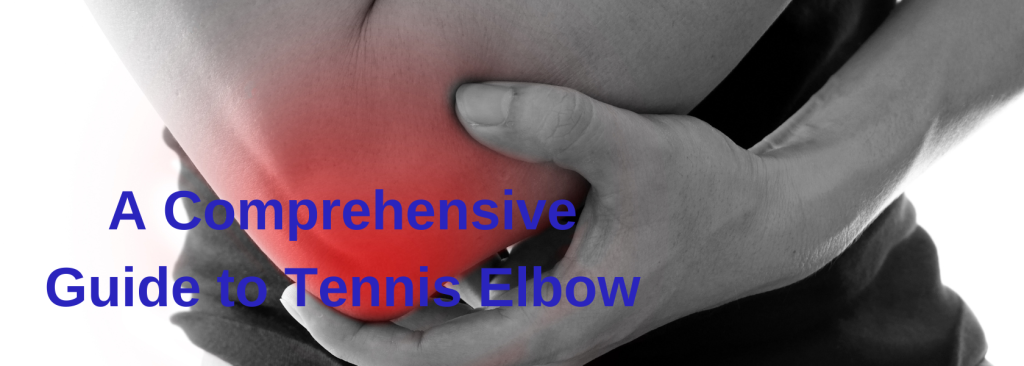Serving Up Relief
A Comprehensive Guide to Tennis Elbow and Physiotherapy
Tennis elbow, clinically known as lateral epicondylitis, is a bothersome overuse injury that can disrupt daily activities and mess with your game. While the name suggests a tennis-related origin, this condition can affect individuals engaged in any sort of repetitive arm movements – painting, playing a musical instrument, typing… If you have it, don’t hesitate to call us on 6254 9889. The physiotherapists at TM Physio are here to help with evidence-based therapy, empowering you to get back in the swing of things. In the meantime, let’s dive into understanding the causes, symptoms, and potential treatments available.
Understanding Tennis Elbow
Tennis elbow is characterised by pain and tenderness on the outer aspect of the elbow, specifically at the lateral epicondyle – that’s the bony bit on the outside of the elbow. It stems from an eccentric overload of the common extensor tendon at the origin of the extensor carpi radialis brevis (ECRB) tendon. For those who don’t speak fluent “anatomese”, the word “eccentric” in this context doesn’t mean slightly unhinged as it would when you’re talking about your “eccentric” Aunty. In this context it means that the muscle is lengthening while it’s contracting. Imagine your arm muscle trying to pull something while also stretching out at the same time. It’s like trying to pull a rubber band apart while also pulling it in different directions. It’s not really any wonder it puts a bit of strain on a little tendon in your elbow. This overload typically arises from repetitive gripping and wrist extension activities, which we see a lot of in racquet sports like tennis, but also amongst gardeners, chefs, construction workers and DIY enthusiasts.
Symptoms of Tennis Elbow
 So, let’s talk about how you might know if you’ve got tennis elbow. First off, you’ll probably feel some pain on the outside of your elbow – like a dull ache or maybe even a sharp twinge, especially when you’re doing stuff like shaking hands or turning a doorknob. And touching that spot might feel tender, almost like a bruise. Sometimes, your grip might feel a bit weak, making it tough to pick things up or hold onto them properly. Plus, you might notice that your elbow feels a bit stiff, especially in the morning or after you’ve been resting for a while. And those everyday tasks, like lifting a kettle or using a screwdriver, might suddenly become a bit more painful than usual. Unfortunately, this is a degenerative condition (not actually an inflammation despite the itis in epicondylitis) so it usually gets worse if you just carry on.
So, let’s talk about how you might know if you’ve got tennis elbow. First off, you’ll probably feel some pain on the outside of your elbow – like a dull ache or maybe even a sharp twinge, especially when you’re doing stuff like shaking hands or turning a doorknob. And touching that spot might feel tender, almost like a bruise. Sometimes, your grip might feel a bit weak, making it tough to pick things up or hold onto them properly. Plus, you might notice that your elbow feels a bit stiff, especially in the morning or after you’ve been resting for a while. And those everyday tasks, like lifting a kettle or using a screwdriver, might suddenly become a bit more painful than usual. Unfortunately, this is a degenerative condition (not actually an inflammation despite the itis in epicondylitis) so it usually gets worse if you just carry on.
Treatment
There is good news though – most patients experience relief within 12 months of conservative treatment. So, what should you do? Rest, ice and strapping to support the elbow will all help. But physiotherapy focusing on stretching and strengthening exercises for the whole upper limb, including the shoulder is crucial for long-term recovery. But that’s not all we’ll do when you visit us at [insert clinic name here]: we’ll use manual therapy techniques such as massage and joint mobilisation, modalities like ultrasound or electrical stimulation, and we’ll advise you on ergonomics, retraining your swing (or technique while holding power tools) to prevent further strain on the tendon in the future.
Conclusion
Tennis elbow may be a challenging opponent, but with the right treatment and support, victory is within reach. If you’re experiencing symptoms of tennis elbow, don’t hesitate to contact us by calling 6254 9889 to schedule an appointment with one of our experienced physiotherapists at TM Physio. Let us help you serve up relief and get back to enjoying the activities you love! How many tennis-related puns can we fit in that paragraph? We’d love to fit more in, but don’t want to cause a racket.
Follow us on social media for more tips and updates on injury prevention and rehabilitation. We’re here to serve you every step of the way! Facebook or Instagram.


